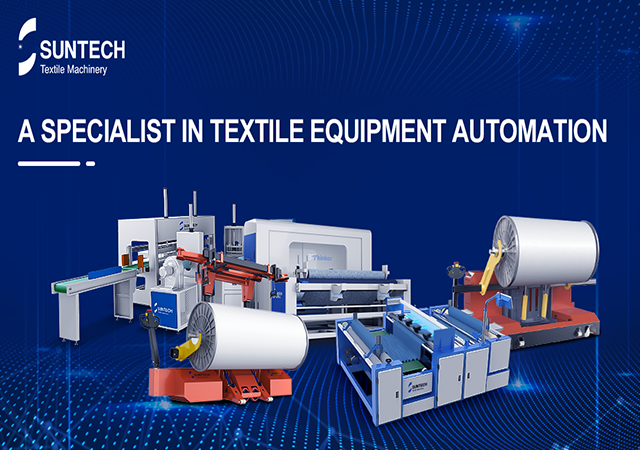In the face of a surge in orders and optimistic market conditions, Vietnam's garment and textile sector is poised to achieve its ambitious $44 billion export revenue target this year. As most businesses secure orders until May, negotiations for future orders are underway to meet yearly revenue and profit goals.
Garment 10 Corporation JSC and Vinatex are actively pursuing orders beyond May to achieve their respective revenue targets. Despite uncertainties in major markets like the US, EU, China, and Japan, the sector predicts modest growth in total demand for garments and textiles, projected at $714 billion.
Vu Ðuc Giang, Chairman of Vietnam Textile and Apparel Association (VITAS), emphasized the sector's rebound, indicating a shift towards sustainable and circular business models for long-term export goals. The industry plans to invest in high-tech projects, eco-friendly materials, and fashion trends, with diversification and automation as key strategies to enhance the domestic value chain and global supply chain position.
The sector's focus until 2030 is on sustainable development, followed by a transition to circular economy practices. By aligning with global trends and emphasizing innovation, Vietnam's garment and textile sector is geared for sustained growth and competitiveness.
Industry Transformation and Adaptation
In the new economic normal emphasizing green development and innovation, Vietnam's textile industry faces challenges such as energy conservation, emission reduction, rising costs, and market competition. To adapt to this new normal, the industry must explore new ways and paths, deepening industrial restructuring, and accelerating transformation and upgrading.

Technological Innovation: Sustained technological innovation becomes a crucial driving force for the textile industry to transform towards digitization, intelligence, and ecology. This is particularly relevant in the context of addressing weak links in China's textile industry, such as low proportions of high-end industries and slow progress in green processing technology.
Intelligent Weaving and Green Development: The industry should integrate production innovation and service innovation, strive for deep integration with industrial information technology, optimize production processes, and build intelligent industrial clusters to achieve new core competitiveness.
Enterprise Organizational Structure: Enterprises should adjust their organizational structures to comply with new economic models, respond quickly to market changes, innovate brands, improve quality, and actively seek new profit growth points. Emphasizing industrial culture and adapting to consumer upgrades is crucial.
2. Technological Innovation for Sustainable Growth
The textile industry needs to address issues related to enhancing the conversion rate of scientific and technological achievements, innovating service production, and strengthening talent cultivation for sustainable growth.
SUNTECH Textile Machinery, a specialist in textile equipment automation. With over 50 years of experience, the company is committed to innovation and offers cutting-edge solutions for the evolving needs of the textile industry. Their portfolio includes state-of-the-art machines and equipment, demonstrating their unwavering commitment to technological advancements.




